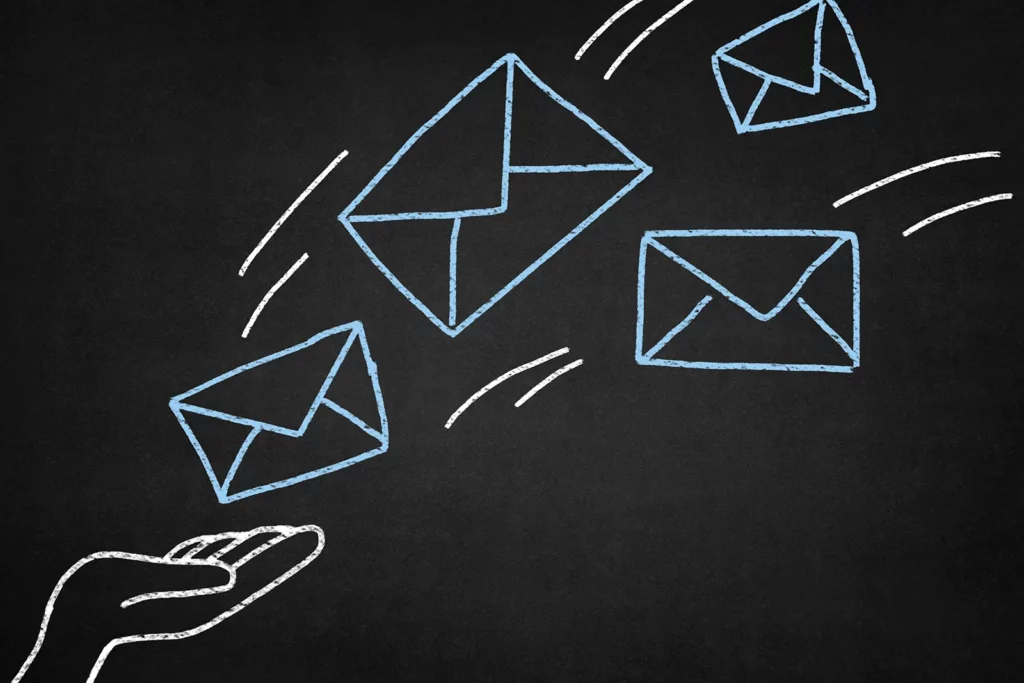How to Build an Email List for Marketing
Let’s face it; email marketing can be tough. Many businesses often struggle with list growth, going through a revolving door of tactics that don’t work. Some even throw in the towel altogether. With a strong, loyal email list, you can achieve greater reach and have confidence that the messages you send will be delivered to your target audience. A healthy email list starts with successful email list management best practices. So let’s take a look at 5 awesome ways you can manage your email list for success.
So, what is email list management?
List management is an important aspect of any email marketing strategy. Consider list management as a way to expand, diversify, and improve the overall health of your email list. You’ll want to remain focused on creating relationships with consumers and nurturing your subscriber base through engagement strategies that include:
- Showing appreciation for their time and attention
- Providing value
- Sharing information about what’s new or trending in your industry
- Demonstrating how you’ll solve a problem they are facing or help them reach their goals
- Asking for feedback to better understand what they want or need
- Making it easy for them to opt-out should they so choose
- Thanking them for being part of your community.
How do I keep my mail list healthy? Let’s first take a look at the two essential factors that go into building a healthy email list: Churn and Engagement.

What is churn?
Churn refers to the percentage of people who unsubscribe from your email list over time. A low churn rate is considered good, while a higher number means you need to make some changes.
What is customer engagement? Engagement refers to how often your subscribers open and click on your emails — the more they do so, the more likely they are ready to opt-in for your list or make a purchase. Customer engagement is key to ensuring that your email marketing campaign achieves the desired results. Your entire business relies on knowing your customers, what they want and where they are. If your email doesn’t catch the reader’s eye, no one will likely read it as well. Spam folders or going to nonexistent addresses can negatively impact you, losing major opportunities for growth and hurting your IP.
If you’ve spent time building your email list, then it’s worth taking some time to manage your contacts properly. Keeping your organic list of email contacts healthy and active is important to your online marketing strategy and the success of your business.
Here are five strategies to help you create and maintain an engaged base of potential customers.

5 Email List Management Best Practices
- Make a lasting first impression
A welcome email is a great way to make a lasting first impression with your subscribers. Thank them for signing up, address them by name and make it as personalized as possible, and send them a welcome gift or discount to first-time subscribers. The more they feel like they are part of a community, the more likely they are to become invested in your brand and become a returning customer. - Make unsubscribing easy
If you have an email list, you know how important it is to have an easy way for people to unsubscribe. Make it simple for your users and give them the ability to manage their subscriptions as easily as possible. - Keep your list clean
A high bounce rate may damage your email deliverability. To maintain your reputation, review your email lists regularly and remove invalid email addresses. You can also unsubscribe inactive subscribers from your list. This helps keep your list lean by removing people who haven’t returned to your site in a long time. - Re-engage inactive subscribers
We understand the importance of reactivating inactive subscribers who have forgotten about your brand. One of the easiest and most cost-effective ways to reignite interest is by sending a personalized email. This can be as simple as a welcome back message with updated news on products or services or a discount code for returning customers only. Don’t underestimate the power of retargeting campaigns that are designed to target certain segments of your customer base during their weakest moments. And, when it comes to subject lines, simplicity is key: make them clear and concise to grab the attention of busy inboxes. - Let your audience manage their subscriptions
Sending too many emails can be harmful. The best frequency is once every two weeks as the sweet spot. According to data collated by HubSpot, 69% of email users in the U.S. unsubscribe from email lists because the sender sends way too many emails.
The best way to prevent user burnout is to have subscription preferences allowing the user to choose if they want fewer emails, unsure of what types of emails they signed up for, to choose what information they receive. It is helpful to use email list management software such as Mailchimp, Hubspot, and Campaigner.
Building a list of high-quality subscribers can be the catalyst for your business or organization’s success. That means keeping your list hygiene clean, growing organically, managing it through scheduled maintenance and upkeep, creating engaging and valuable emails that allow your subscribers control over their email flow, and re-engagement campaigns when appropriate.
Remember, it’s not just the length of your list that is important, but rather the quality of each subscriber. The better you can nurture your subscribers and make them feel like they’re part of a community, the more likely they’ll be to engage with your brand.
Did you like our article? Please be sure to check out our article on why permission based email is a good thing.
